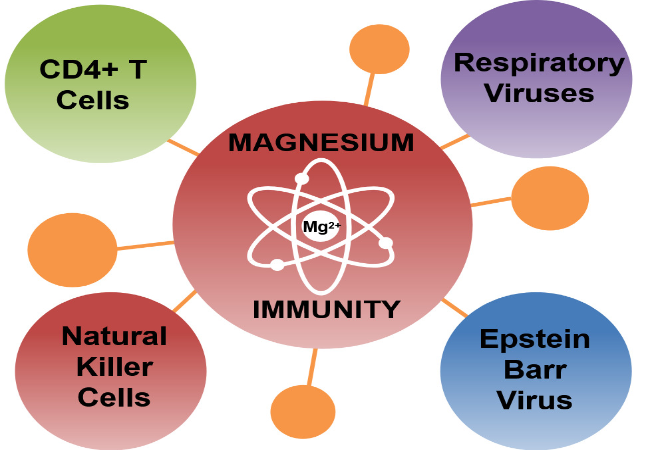Very interesting long read on new Lyme disease vaccines
In the years since Lyme was first discovered in Connecticut, it has spread to every one of Canada’s provinces. The disease is transmitted through ticks that carry a corkscrew-shaped bacteria called Borrelia burgdorferi. When an infected tick latches onto a human and bites—injecting a tiny bit of anesthetic with its small, hooked teeth so that its host doesn’t notice—it starts to pass bacteria into the bloodstream. Over time, that bacteria can cause multisystem, multistage inflammation in the body.
The disease can be cured with antibiotics, and stage-one symptoms like rash, headache, and chills will go away without causing long-lasting issues. But some patients—between 5 and 30 per cent—develop a condition called Post-Treatment Lyme Disease Syndrome (PTLDS), where symptoms like brain fog, arthritis, musculoskeletal pain, and even heart problems can become chronic—similar to what we’re starting to see with long COVID. A 2017 study out of Johns Hopkins University found that patients with PTLDS had poorer overall health and a lower quality of life than healthy subjects. But, because the symptoms of later-stage Lyme often overlap with other illnesses, it’s not uncommon for patients to struggle to get the correct treatment. As cases climb—and even more go undiagnosed—the burden falls not only on the patient but the health care system as a whole.
https://thewalrus.ca/lyme-disease-vaccine/?utm_source=pocket_discover
Save, embed, share, report
0comments
More from this channel
Update28 Mar, 2023










